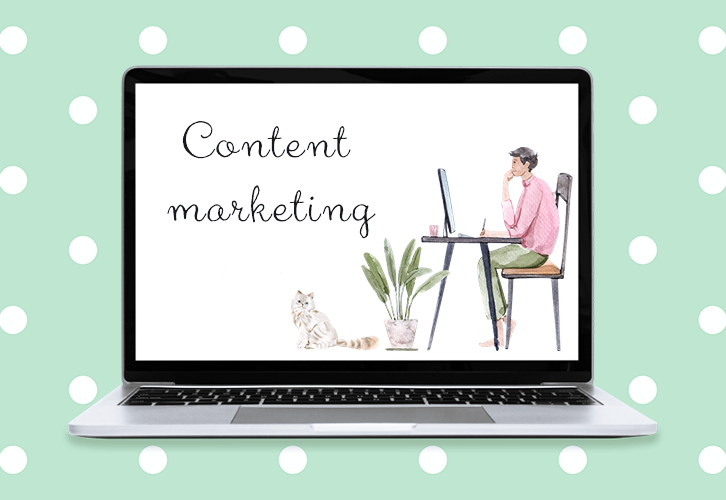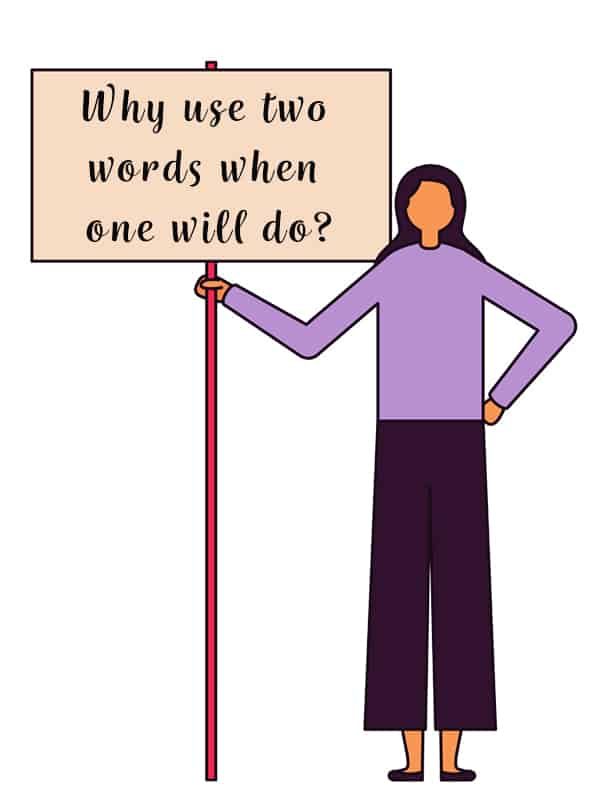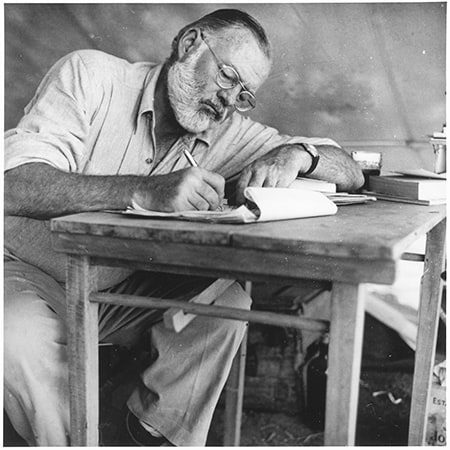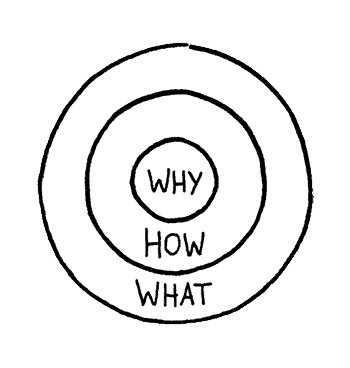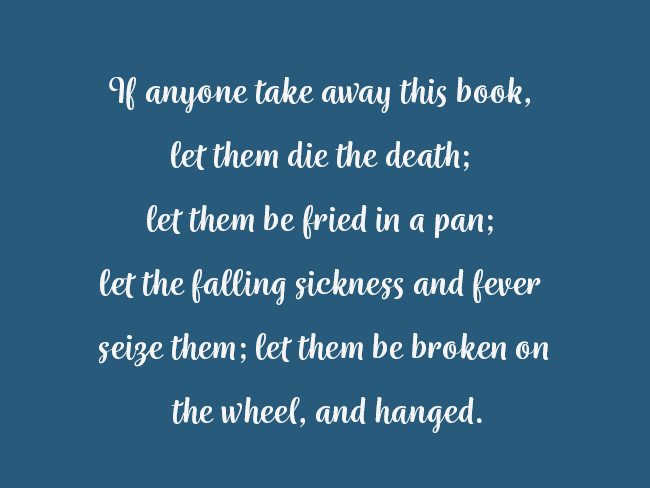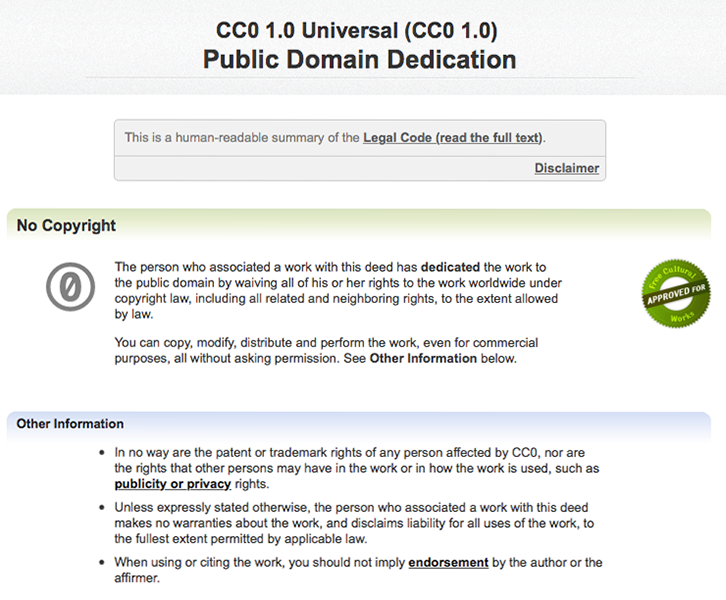Why you should never hyphenate adverbs ending in ly
✼ By Sharon Lapkin
Have you noticed that online news sites and mainstream media regularly hyphenate adverbs ending in ly?
Even our national broadcaster, the ABC, is inserting hyphens where they don’t belong.
From ‘newly-minted’ to ‘hotly-anticipated’ and ‘locally-acquired’, our useful little line (-) is being overplayed and overworked. Can you see the problem here?
If our news outlets hyphenate adverbs ending in ly, then it becomes commonplace. Students, teachers, writers and others start copying the trend and, before you know it, a lot of people think it’s correct.
We rely on our media to get it right, and when they slip up it’s not just a betrayal of correct grammar and punctuation, but of every reader who incorporates that error into their own writing because they think ‘If the ABC does it, I should too.’
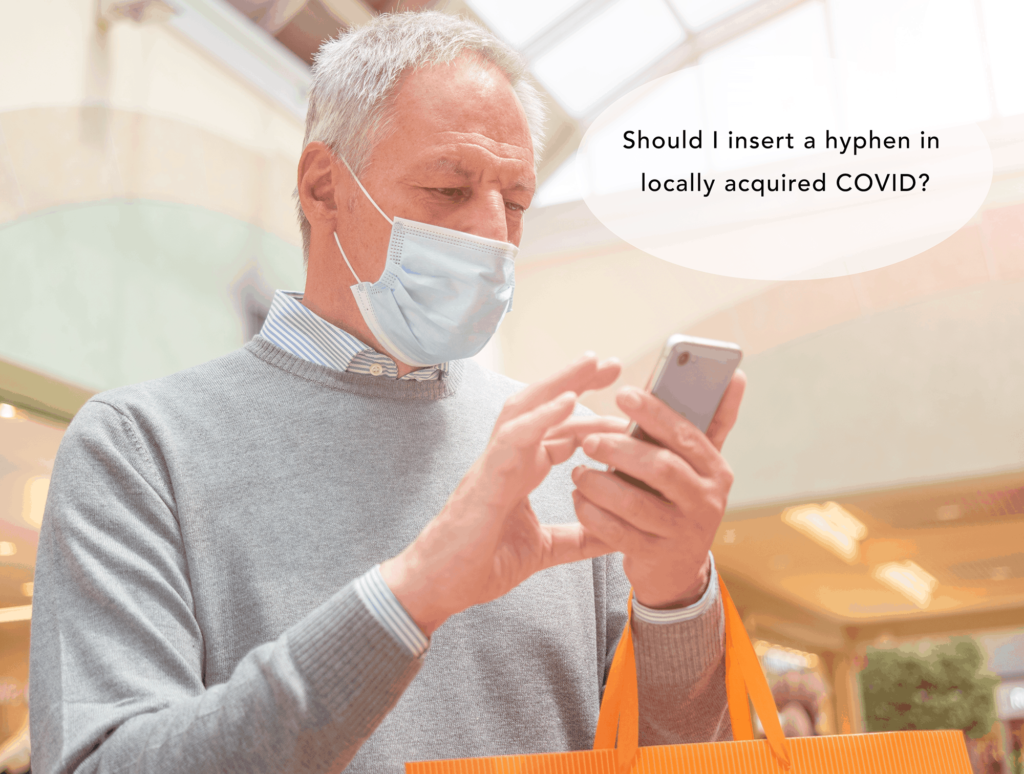
But I like my hyphen
Some grammarians call it a hypercorrection. The Australian Government Style Manual simply says don’t do it.
What they’re referring to is the practice of inserting a hyphen between an adverb ending in ly and the participle that follows it – ending in ‘ed’ or ‘ing’.
The Chicago Manual of Style applies this rule to both adverbs and participles:
‘Compounds formed by an adverb ending in ly plus an adjective or participle (such as largely irrelevant or smartly dressed) are not hyphenated either before or after a noun.’
But why can't I write that my cat is 'visually-impaired'?
The purpose of hyphenation is to increase clarity. Inserting a hyphen where it’s not needed is like adding an exclamation mark when there’s no interjection or exclamation. It’s not an oversight, it’s an error.
Following are examples of adverbs ending in ly that don’t require hyphens. Notice the words following the adverbs are either participles or adjectives.
– the rapidly declining number
– a badly worded sentence
– a fully loaded syringe
– the terrifyingly large dog
– most heavily populated city
– a closely watched procedure
– it was about locally acquired Covid-19
– a newly minted necklace
– the dimly lit library
– the highly regarded professor
– John’s barely worn suit
– a rarely used car
What about 'ly' words that aren't adverbs?
Not all words ending in ly are adverbs and for these words the no-hyphen rule doesn’t apply.
For example:
– a family-oriented workplace
– their only-begotten child
– supply-side economics.
What is a hyphen and what does it do?
Hyphens connect parts of words (such as pre, non, re and co) or whole words to form new words or compound words.
So you might use a hyphen to connect ‘co’ to ‘conspirator’ and create ‘co-conspirator’.
However, words evolve over time and hyphens sometimes become redundant as the prefix and word merge into one.
For example: co-ordinate eventually became ‘coordinate’.
To check if you need to insert a hyphen, consult a good online dictionary for current usage.
Hyphens are also used to connect the words that form compound nouns, verbs and adjectives.
For example:
– I took Apollo to the pet-friendly cafe.
– The well-known actor was in a built-for-purpose boat.
– The six-year-old boy was eating a lentil burger.
Remember that some compounds revert to singular words if the sentence is restructured, and there’s no need for hyphens.
For example:
– The cafe was pet friendly.
– The boy, who was six years old, was eating a lentil burger.
A hyphen and two types of dashes
A hyphen is only used to connect parts of words or whole words.
When it comes to connecting groups of words, such as phrases, sentences and paragraphs, we use either en dashes or em dashes.
An en dash is half the width of the font height and an em dash is the same width as the font height.
En dashes are also used to connect words of equal value.
For example:
South–East Asia, Guillain–Barre syndrome, the Melbourne–Sydney flight
To connect groups of words the current editorial style is spaced en dashes.
Use un-spaced en dashes in number spans such as 2019–2021 and 11–19 years of age.
Em dashes are rarely used, but can be utilised for some of the same purposes as en dashes.
A popular use of the en dash is to replace commas around non-essential information within sentences.
For example:
The annual general meeting – originally planned for Tuesday – went ahead on Friday, but arrangements were made for it to be run online.
Tips about adverbs ending in ly
If you don’t have time to check grammar and punctuation rules every time you write, then follow these simple rules:
Don’t insert a hyphen after a word ending in ly unless you’re positive it’s not an adverb.

Remember we don’t hyphenate adverbs ending in ly.
Only use hyphens inside individual words or compounds.
You can read more about hyphens in 9 common errors every writer should know about.
A note from me
At Textshop, we’re obsessed about good grammar and punctuation. Understanding grammar is an essential skill if you want quality online content.
You can seriously damage your brand by publishing content with errors. And there’s no need for you to take that risk when you have an editor available to copyedit or proofread your content before you share it with others.
Click the button below to schedule a chat with Sharon.
Sharon is a content writer and award-winning editor. After acquiring two masters degrees (one in education and one in editing and comms) she worked in the publishing industry for more than 12 years. A number of major publishing accomplishments came her way, including the eighth edition of Cookery the Australian Way (more than a million copies sold across its eight editions), before she moved into corporate publishing.
Sharon worked in senior roles in medical colleges and educational organisations until 2017. Then she left her role as editorial services manager for the corporate arm of a university and founded Textshop Content – a content writing and copyediting agency that provides services to Australia’s leading universities and companies.



